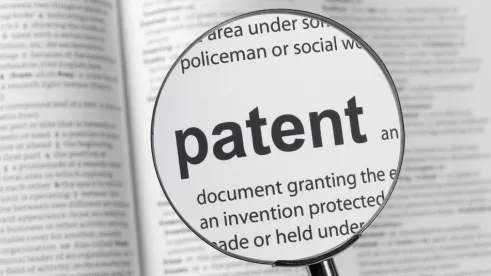The US Patent and Trademark Office (USPTO) issued a Notice clarifying its practice as to situations that will require additional information about whether a delay in seeking the revival of an abandoned application, acceptance of a delayed maintenance fee payment, or acceptance of a delayed priority or benefit claim was unintentional. 85 FED. REG. 12222 (Mar. 2, 2020).
The provisions for 1) reviving an abandoned patent application or expired patent or 2) acceptance of a delayed priority claim require a petition that includes a statement that the entire delay in filing the required reply—from the due date of the reply until the filing of a grantable petition—was unintentional. The USPTO usually relies upon the applicant’s duty of candor and good faith and accepts the statement that the entire delay was unintentional without requiring further information because the applicant or patentee is obligated to inquire into the underlying facts and circumstances when providing this statement to the USPTO. An extended period of delay (i.e., more than two years from the date the application became abandoned, the patent expired, or a priority or benefit claim was due) in filing a petition to revive an application, accept a delayed maintenance fee payment, or accept a delayed priority or benefit claim, however, raises a question as to whether the entire delay was unintentional. An applicant or patentee cannot meet the unintentional delay standard if the entire delay is not unintentional.
Effective March 2, 2020, the USPTO will require additional information of the facts and circumstances surrounding the delay to support a conclusion that the entire delay was unintentional in the following circumstances:
- When a petition to revive an abandoned application is filed more than two years after the date the application became abandoned;
- When a petition to accept a delayed maintenance fee payment is filed more than two years after the date the patent expired for nonpayment; and
- When a petition to accept a delayed priority or benefit claim is filed more than two years after the date the priority or benefit claim was due. This requirement is in addition to the requirement to provide a statement that the entire delay was unintentional.
The USPTO may revisit the two-year time period in the future point and adjust the time period based on an evaluation of whether a two-year time period is appropriate. The USPTO noted the requirement for additional information is not limited to petitions filed after two years of unintentional delay; rather, the USPTO may require additional information whenever there is a question as to whether the delay was unintentional.




 />i
/>i

